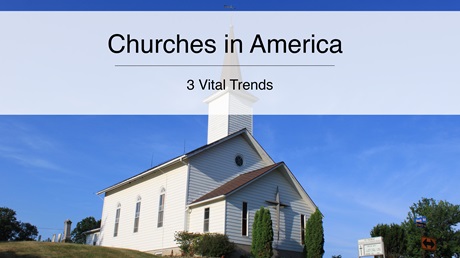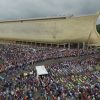Convictional Christians are not leaving the faith.

In addition to vital trends associated with Protestants and evangelicals, there are three more vital trends that are necessary to make sense of America’s religious landscape.
The rise of non-denominational churches.
The growth of nondenominational churches is often overlooked in analyses of U.S. religious data. These are congregations that are not affiliated with national church organizations like the United Methodist Church or Assemblies of God. The rapid growth of these churches demands attention. For example, the majority of the 100 largest churches in the U.S. are nondenominational. Soon, the largest evangelical ‘denomination’ will be nondenominational.
The stability of historic African-American churches.
Historically, African-American churches and denominations have continued to report steady numbers overall. These include denominations like the African Methodist Episcopal Church, the National Baptist Convention, and the Church of God in Christ, which emerged during segregation. Historic African-American churches tend to hold similar beliefs to evangelical churches, but do not prefer to use the evangelical label.
Pew Research has found that about 7% of Americans identified with a historically African-American Church in 2009, and a similar number (6.5%) in 2014. The largest among these churches comes from charismatic and Pentecostal expressions, says Johnson and Melton from Baylor.
In terms of theology, members of historical African American churches more often resemble evangelicals than other traditions. Although, the two groups often disagree politically, as Smith points out, “When it comes to religious beliefs and practices, members of the historically black Protestant tradition appear to have much …


